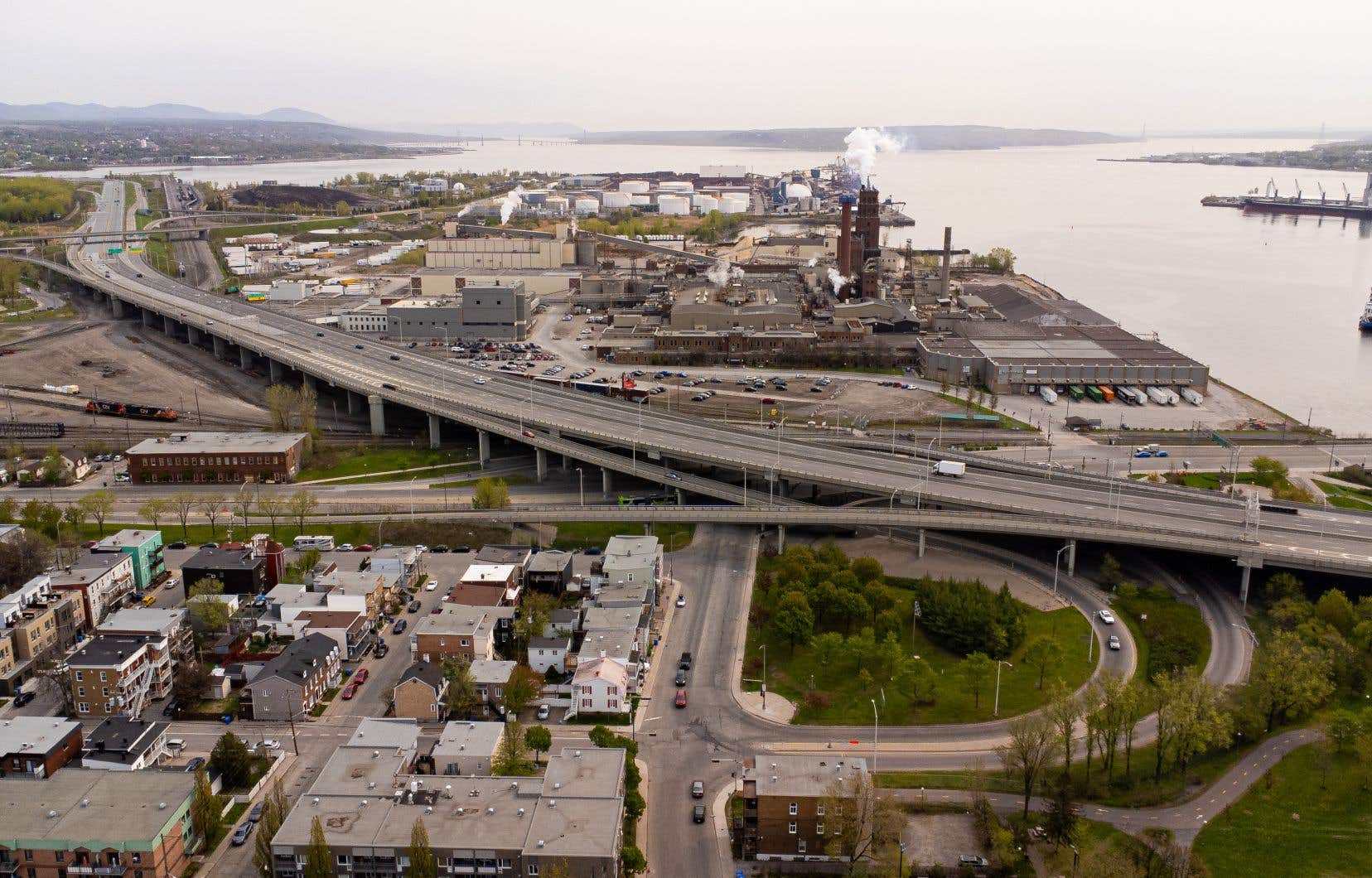Adaptation to climate change is underway and increasingly visible in the urban fabric: it is planting trees, redeveloping public squares, planting new modes of transport in neighborhoods to offer an anthology of mobility to the population. Does this green transition hide a golden misery? The advent of the sustainable and ecological city may be the result of the best intentions, but it could also have the perverse effect of accentuating inequalities.
“This is a risk that is not yet sufficiently addressed,” believes Sophie Van Neste, holder of the Canada Research Chair in Urban Climate Action affiliated with the National Institute for Scientific Research (INRS).
“The policies put forward to become more ecological and sustainable, continues the professor, could also widen the socio-economic gaps already present in the territory. For example, greening and planting landscaping can reduce heat and help us better manage rainfall, but it can also lead to eco-gentrification. »
Nathan McClintock, professor of urban studies at INRS and co-director of the Laboratoire Villes Voix Visions, speaks instead of “green gentrification”.
“Building infrastructure that leads to sustainable development and greening can recreate a certain inequality,” he says. This can contribute, for example, to rising rents or property values. »
The proposed tramway in Quebec obeys this same logic. It will cross the Haute-Ville, already the sector best served by public transport, before descending the cliff and heading east to cross the Maizerets district and finish its course in Estimauville, a sector in full revitalization.
“The tram will perpetuate inequalities by increasing property values in Upper Town, where they are already very high,” says Louis-Pierre Beaudry, sociology professor at Cégep de Limoilou and former doctoral student specializing in the dynamics of gentrification. and impoverishment of the territory.
The advent of the tramway “will also completely change the face of Maizerets”, adds the professor. In this sector, in 2016, a quarter of the population had no diploma and more than half of households declared a gross income of less than $40,000.
“This neighborhood is going to experience a small cataclysm, analyzes Louis-Pierre Beaudry. The role of the City will be to make sure to build social housing in this sector to ensure a certain social mix and temper the gentrification to come. »
The conversion of an industrial wasteland in Lachine-Est into an eco-district is symptomatic of the same problem, in the eyes of Professor Sophie Van Neste. “The City of Montreal has a great ambition to create an adapted and carbon-neutral neighborhood,” she explains. Meanwhile, on the other hand, outlying areas such as the Saint-Pierre and Duff Court neighborhoods, already devitalized and lacking in services, do not receive the same attention at all — even if the needs are greater there. »
These two neighborhoods are also home to a largely immigrant population where half of the adults have no diploma or only a fifth year of high school, according to the socio-demographic portrait of Lachine published in 2016. The City registers the arrival of this eco-neighborhood “in the ecological transition”, but many fear that an “enclave of the rich” will take root in the midst of the poverty that surrounds it.
“In our cities struggling with a scarcity of quality, the rich settle where they want, the poor settle where they can,” underlines Louis-Pierre Beaudry. If a city locally improves a siled neighborhood, it will attract wealthy people and drive less wealthy people to other areas. The only way not to leave disadvantaged neighborhoods behind is to build improvements everywhere at the same time. »
However, public policies tend to favor wealthier populations. The more affluent neighborhoods are also often the best served in terms of development. In Quebec, the central neighborhoods have been growing for several years, which pushes back poverty in the suburbs of the first ring such as Duberger and Vanier. Services follow wealth: they are concentrated in the heart of the city without approaching the outskirts.
For example, Communauto and àVélo, Quebec’s shared bicycle service, stop at the Vanier border, a neighborhood wedged between two highways and as many boulevards where public transit runs less frequently than in Upper Town and where he canopy index, already one of the lowest in the capital, grew by only 1 percentage point between 2015 and 2020.
“A neighborhood like Vanier has been completely abandoned for a while,” laments Louis-Pierre Beaudry. There used to be trees along its main commercial thoroughfare, but they were cut down to accommodate vehicular traffic. Since then, it has been a desert, a vast island of heat. »
“Investments rarely focus on the most needy neighborhoods,” explains Sophie Van Neste. Yet if we improve access to services, we also improve adaptation to climate change. The green transition represents an opportunity to improve the quality of life of disadvantaged areas, but there is a whole reasoning to change course for public policies to apply a logic of repair, a logic of recovery, with regard to neighborhoods less well off. »
